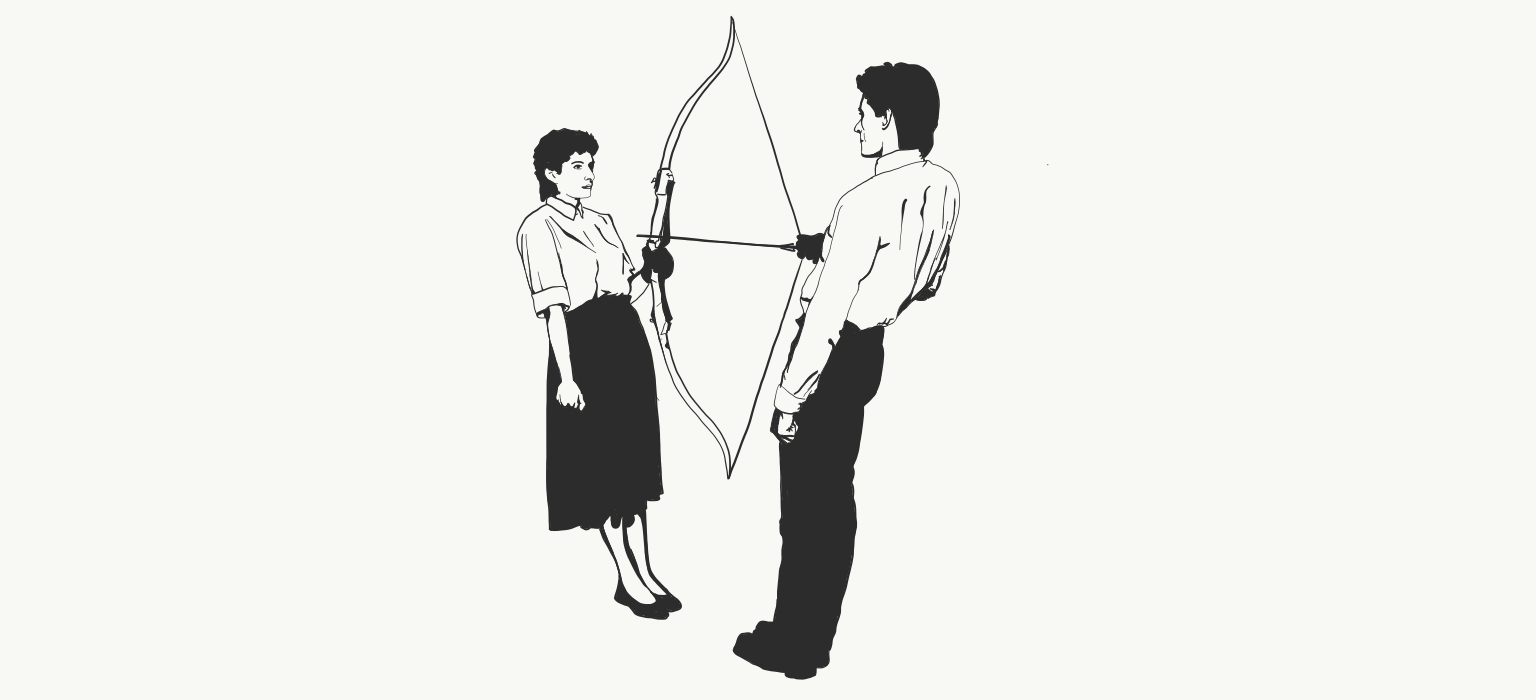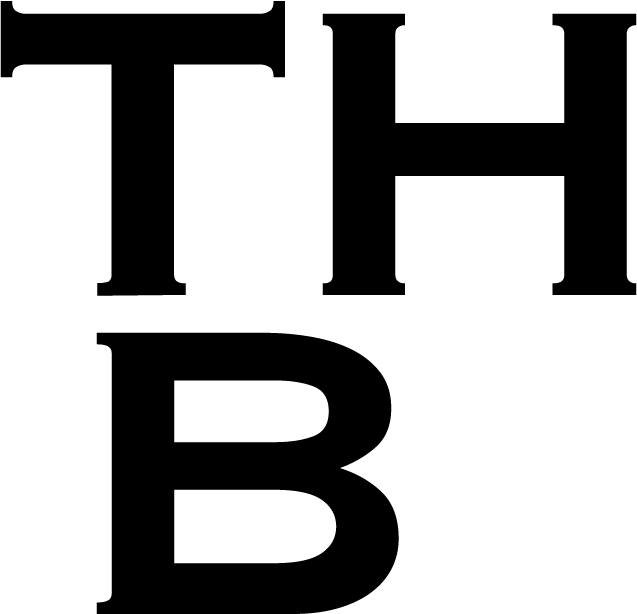
On smart education (part V)
From Transactions to Fiduciary Relationships
Heureka, it’s zoom
Student retention has always been a hot topic for education providers, as it is profoundly linked with a school’s foreseeable turnover for private education and with certain subsidies for public education. In a recent article I wrote that in today’s world students have much vaster possibilities to choose the city, school and program they want to attend and get their degree in. They do not feel to be bound to a classic linear timeline, nor do they feel any need to finish their study in the same institution where it began. Following this mindset, they want and need to be the sole owner of the deciding power. The recent violent, forced and very sudden sanitary-linked changes to enrollment practices and pedagogic delivery methods have furthermore challenged student-retention deeply and to never known degrees. Never have gap-years been as “intriguing” as during this pandemic. In fact, the coronavirus is forcing people to take a hard look at that $51,000 tuition they’re spending. Even wealthy people just can’t swallow the jagged pill of tuition if it doesn’t involve getting to send their kids away for four years. It’s like, “Wait, my kid’s going to be home most of the year? Staring at a computer screen?” There’s this horrific awakening being delivered via Zoom of just how substandard and overpriced education is at every level (Galloway, 2020).
the real value proposition
I would not claim the private Higher Education’s business model to be completely transactional, but the problem it faces could somehow be compared. As with the luxury fashion brands’ transactional business models, education increasingly fails to achieve or assert high levels of longterm loyalty. Schools need to take advantage of their real value proposition and should not discount aggressively, even if best practices and the competition’s pricing strategies could entice such reactions.
The real value (and margin) of a school is not directly driven by education, but by credentialing. Fortunately or unfortunately, the most value-added part of a contemporary university isn‘t the academic staff, but the admissions department. They have done a fantastic job creating the most thorough and arduous job-interview process in modern history, between the testing, the anxiety, the review of your life up until that point, the references you need et cetera (Galloway, 2020). So in though times (as now) the better universities are fine in the short term. They just fill empty spots or missing students with candidates from their waiting lists: Business as usual, but value as usual?
not just talking, but walking, proving, doing
For the long run on the other hand, even the best schools will need to become and act as the fiduciaries they actually and realistically are. Provider of Higher Education need to rise above their current offer of learning experiences and services to protect, enhance and promote the best interests of their paying students, and so in an often radical manner.
Today’s University must demonstrate, and not just talk, that it is executing and innovating sustainability best practices to protect its students, tutors and other stakeholders. It must clearly prove that all data is protected with military grade cybersecurity and general services need to be readily available and custom-made for students, tutors and other stakeholders involved. The trust a school is receiving is actually a fiduciary duty. Students place complete confidence, faith, and reliance in the school for their own benefit. As a start, schools should therefore never reap any direct financial gain from any of the decisions they make or the actions they take “on behalf” of their students. Everybody will need to become smarter than that.
References:
Walsh, J.D., The Coming Disruption. (11.05.2020), New York Magazine: link
Globe Newswire, The 7 Rules For Reinventing Your Luxury Business Model Post Pandemic. (28.04.2020), Bloomberg
Illustration after a picture from the ”Rest Energy” performance by Marina Abramovic and Ulay, 1981

